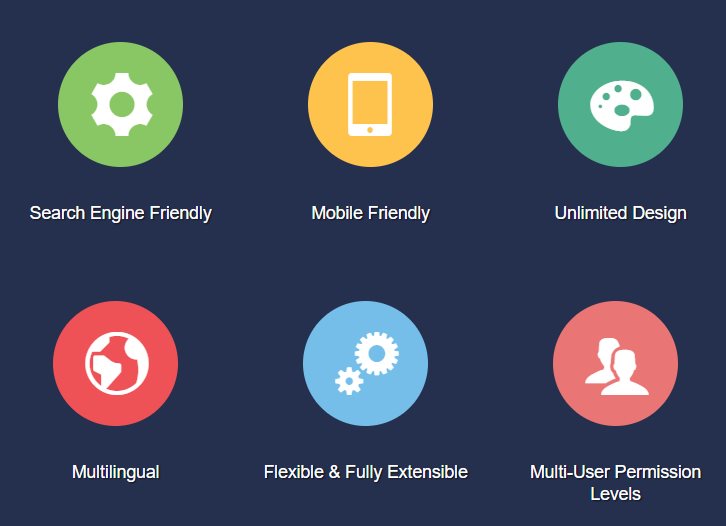The world of website design has never stopped changing since I first got involved almost 20 years ago.
My first website was pure html, we mentioned it in an earlier post.
A little later, the challenge was to create an Intranet website - one that was used only inside the network of my employer back in 1999. At the time, a training course I had been on talked briefly on the subject of CMS - Content Management Systems. A database driven website platform which was designed to allow easy management of content (web pages for example) and display them in an organised and easy to navigate way.
Back 'then', WordPress wasn't even a twinkle in anybodies eye - I spent a few weeks researching and trialing a number of open source CMS platforms, of which Mambo came out top for usability and functionality. Given my research also required me to build and set up a Linux server to run the website, using Apache alongside php and MySql, it was quite a daunting task for someone new to the game. But it succeeded, we had an easy to manage Intranet website, letting me quickly add new pages, website link categories and lists, all of the things that the business was asking for.
As time went on, the Mambo platform was closed down - luckily, a group of like-minded individuals decided to fork away and create a new platform called Joomla, which was based on the original Mambo code. In these years, mobile devices didn't even exist, so responsive and mobile friendly designs were not even a consideration. Even CSS and JavaScript weren't really in much use, so most of the website design and styling was created with images, small and repeated files to give colour to areas of the page like menus for example.
Bringing things forward to now, and over the years, what is now Joomla has allowed us to create such a broad range of websites, always being able to cope with new or unusual requirements from our clients. Our top features include:
1) Joomla is and always has been a CMS - it was designed from the ground up to make managing content easy and comprehensive. With a highly structured category and article setup, backed up by a great in-built text editor and menu builder, it is straight forward to build a large, multi-page website with dozens of options for article and category display.
2) Search Engine Optimisation > SEO - Unlike WordPress, Joomla has full SEO capabilities built-in without the need for additional extensions and plugins. Setting meta descriptions, keywords, page titles as well as image ALT tags etc. is all part of the native Joomla feature-set, meaning you can easily set the all important SEO content of your website pages.
3) User Access Control - Many times, I am asked to create a website where different users can create accounts, login and access different content based on their website membership group. This is again, another feature that WordPress needs extensions and plugins to achieve, since there is no native access and user control built in. By default, Joomla can be configured to control access to both front and backend aspects, perhaps letting one user login to edit website pages and another to update the portfolio. Because Joomla has this all built in, adding paid or unpaid membership options for website visitors is simple, working with native Joomla functionality.
4) Speed and Google optimisation - Out of the box, Joomla supports GZIP compression and templates/themes allow for both CSS and JavaScript minifying as well. On top, there is a built-in cache which, when enabled, allows you to set your choice of pages to be cached as standard HTML, reducing page load times and server response times. With a few additional htaccess file tweaks, getting excellent results from Google Page Speed Insights and Mobile Speed Tests. On top, Joomla also allows a quick and easy way to force https on all pages with a single setting - something else which Google is using as a ranking factor in search results.
Regularly, adding the sheer number of plugins to allow WordPress to achieve the same core functionality as Joomla results in a slower loading website with lots of complex routes to manage these things behind the scenes.
With a large number of our clients often asking us to add features and functionality after their website has been live for a time, basing our work on the Joomla CMS was a superb decision, letting us expand and grow websites to meet new and additional needs.
